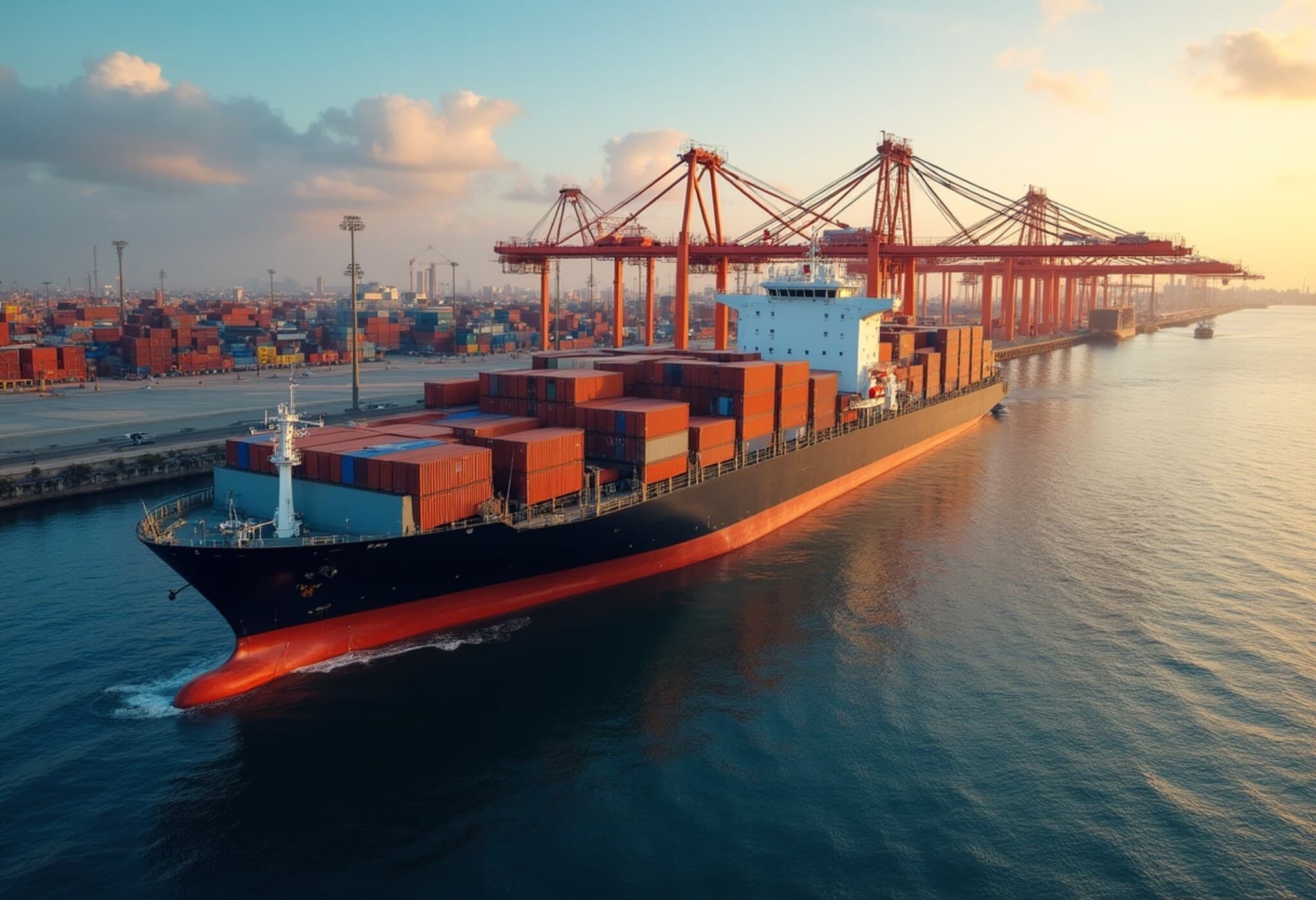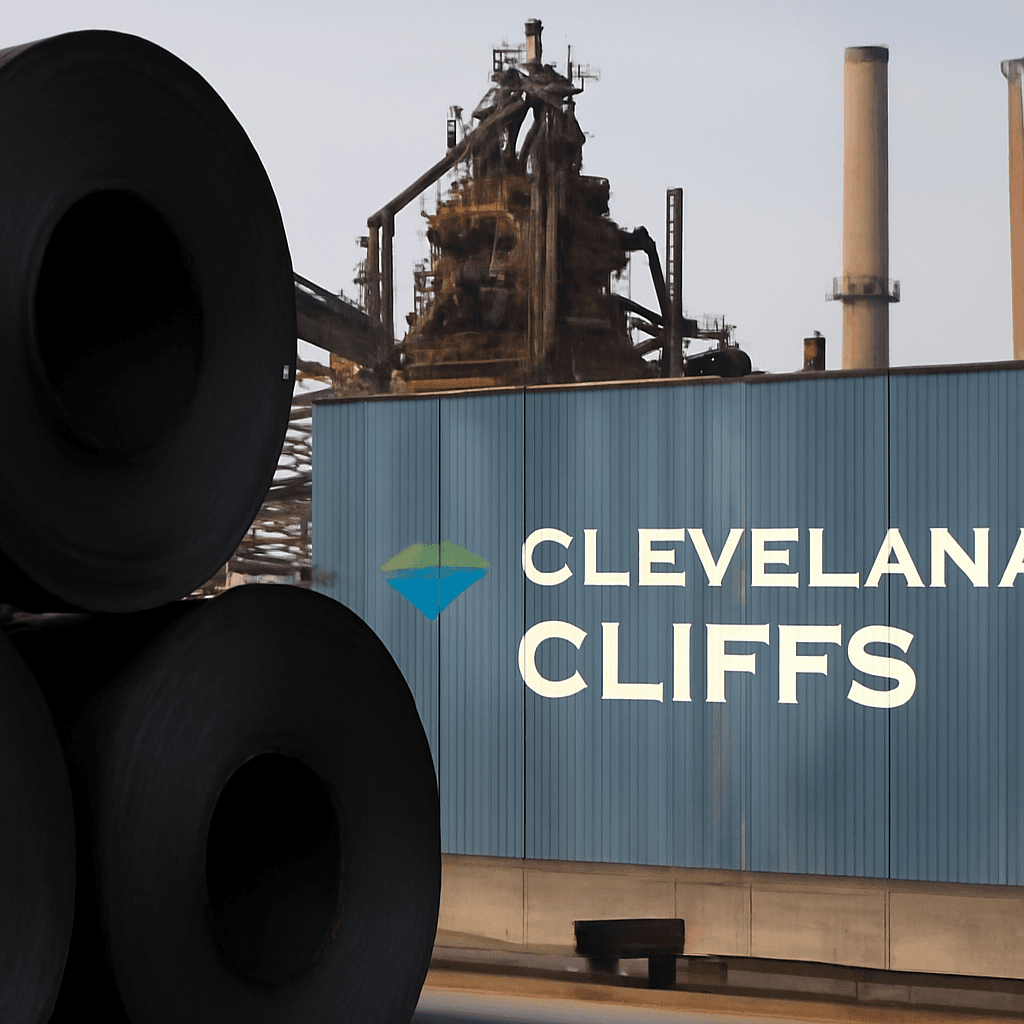A New Wave of Chinese Imports Arrives at West Coast Ports
The Ports of Los Angeles and Long Beach are experiencing a fresh influx of ocean freight containers from China. This surge in shipments comes as importers aim to outpace an impending tariff increase scheduled for August 12, reflecting the highest volume seen since January 2025.
Ship Traffic on the Rise Amid Trade Deadline
Recent vessel tracking data reveals a noticeable boost in ship arrivals at these ports: 64 ships Friday, 68 Saturday, and 64 Sunday. With ships en route from across Asia, the Panama Canal, and neighboring regions, an overall uptick in container traffic is expected in the coming weeks.
Captain J. Kipling Louttit, executive director of the Marine Exchange of Southern California, describes this as "a solid forecast" of increased arrivals, marking the busiest surge witnessed in nearly six months.
Managing Capacity and Expectations
Despite this spike, port officials do not foresee lasting congestion. Container bookings have normalized following a brief period of heavy ordering, and many vessels arriving earlier this year were not fully loaded.
At present, Long Beach terminals operate at about 60% capacity, while Los Angeles terminals function at roughly 70%. Port leadership report being well-prepared to handle the growing vessel traffic without disruption.
Operational Readiness and Industry Impact
Mario Cordero, CEO of the Port of Long Beach, highlighted improved coordination among terminal operators, labor unions, and stakeholders to ensure smooth cargo flow. The number of canceled sailings has dropped sharply from earlier levels, signaling increased stability.
Similarly, Gene Seroka, executive director of the Port of Los Angeles, noted signs of a typical peak season pick-up in July. However, he cautioned that retailers are not dramatically boosting inventories ahead of the holiday season, leading to moderated volume expectations.
Economic Ripple Effects
Many of the newly arriving ships are expected to be fully loaded, providing a welcome boost to trucking, railways, and warehousing businesses reliant on freight volume. The uptick has already resulted in more jobs being restored on the docks, though current cargo levels remain below the heights seen during the pandemic peak.
Looking Ahead: Uncertainty Looms
Trade policy negotiations scheduled for late summer create some uncertainty about future shipping volumes. While the ports are prepared for an increase in activity in the short term, the long-term outlook depends heavily on how US-China trade discussions evolve.


















